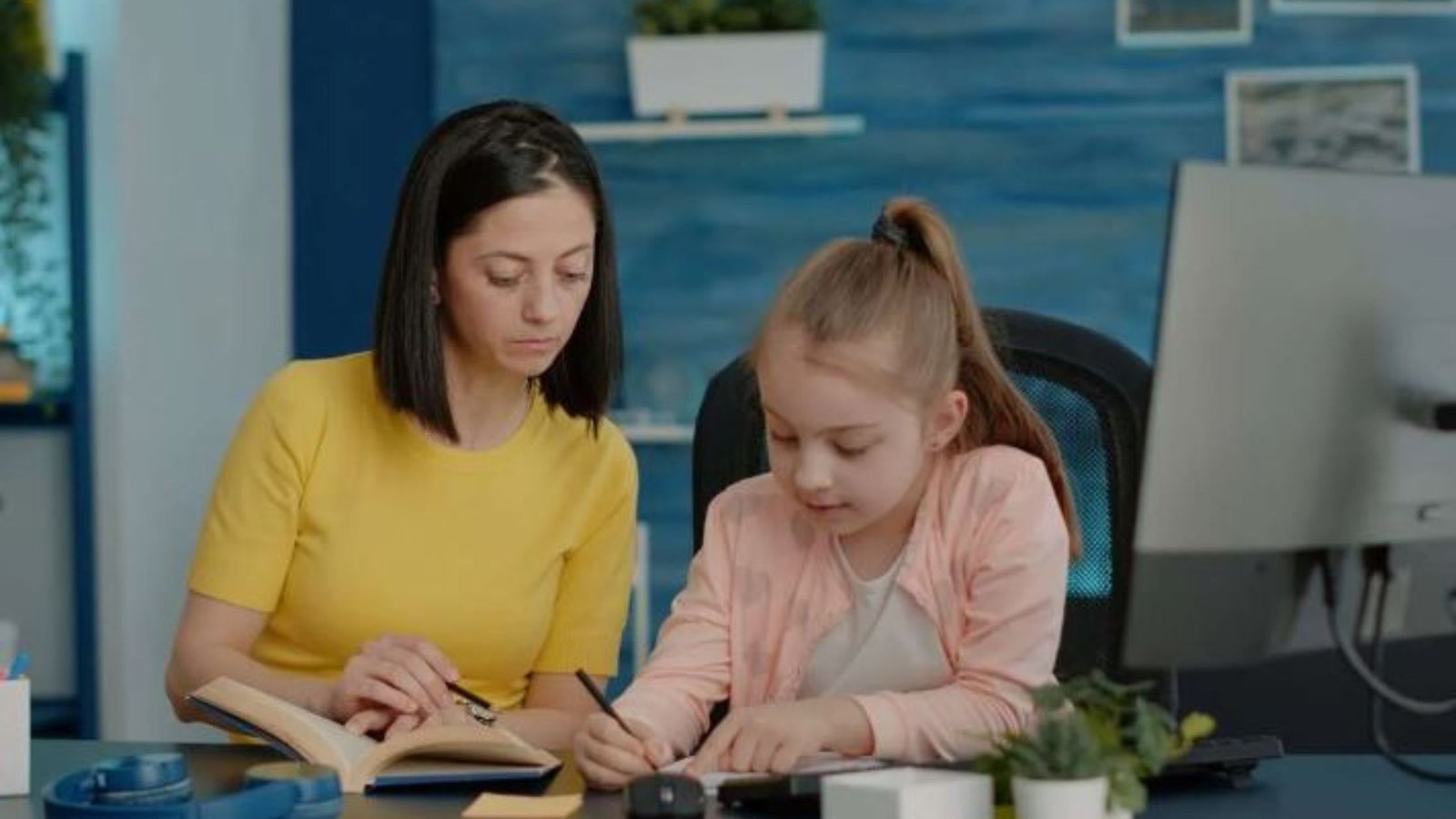Identifying early learning disabilities in children is crucial for providing timely support and intervention. Recognizing these disabilities early can significantly improve a child’s chances for successful learning and development. Parents and educators need to be aware of the signs and understand the appropriate steps to take. Here’s a guide to help you identify early learning disabilities and support your child’s needs.

1. Recognizing Common Signs of Learning Disabilities
Identifying early learning disabilities in children starts with recognizing common signs. Learning disabilities can manifest in various ways, affecting reading, writing, math, and other academic skills. For example, a child with dyslexia may struggle with reading fluently or recognizing words.
Look for signs such as difficulty following instructions, problems with handwriting, or trouble understanding math concepts. Children with learning disabilities may also show signs of frustration or avoidance in schoolwork. Observing these behaviors can provide early clues that a child might be experiencing learning challenges.
2. Understanding the Impact on Academic Performance
Identifying early learning disabilities in children involves understanding their impact on academic performance. Learning disabilities can affect a child’s ability to perform well in school, leading to poor grades or difficulty keeping up with their peers. For instance, a child with dysgraphia might have trouble organizing and expressing their thoughts in writing.
Assessing academic performance and comparing it to developmental milestones can help identify areas of concern. If a child consistently struggles in specific subjects or shows a significant gap between their potential and actual performance, it may be indicative of a learning disability.
3. Seeking Professional Evaluation and Diagnosis
Identifying early learning disabilities in children requires seeking professional evaluation and diagnosis. If you suspect a learning disability, consult with educational psychologists, special education teachers, or pediatricians. These professionals can conduct assessments to determine whether a learning disability is present.
A comprehensive evaluation often includes standardized tests, observations, and interviews with parents and teachers. The results will help in identifying specific learning disabilities and guiding appropriate interventions and support strategies. Early diagnosis is essential for effective intervention and support.
4. Implementing Supportive Strategies and Interventions
Identifying early learning disabilities in children leads to implementing supportive strategies and interventions. Once a learning disability is diagnosed, tailored strategies can help address the child’s specific needs. For example, children with dyslexia may benefit from specialized reading programs and assistive technology.
Collaborate with teachers and specialists to create an Individualized Education Plan (IEP) or a 504 Plan if necessary. These plans outline specific accommodations and modifications to support the child’s learning. Regular monitoring and adjustment of strategies ensure that the child receives the appropriate support to succeed academically.
5. Promoting a Positive Learning Environment
Identifying early learning disabilities in children also involves promoting a positive learning environment. Encouragement, patience, and understanding from parents and educators play a significant role in helping children cope with learning disabilities. Celebrate their strengths and progress, no matter how small.
Creating a supportive and nurturing environment boosts the child’s confidence and motivation. Encourage open communication about their challenges and successes. By fostering a positive attitude toward learning, you help the child remain engaged and optimistic about their educational journey.
Conclusion
In conclusion, identifying early learning disabilities in children is essential for providing effective support and intervention. By recognizing common signs, understanding their impact, seeking professional evaluation, implementing supportive strategies, and promoting a positive learning environment, you can significantly improve your child’s educational experience. Early identification and intervention pave the way for successful learning and development, helping children overcome challenges and reach their full potential.

